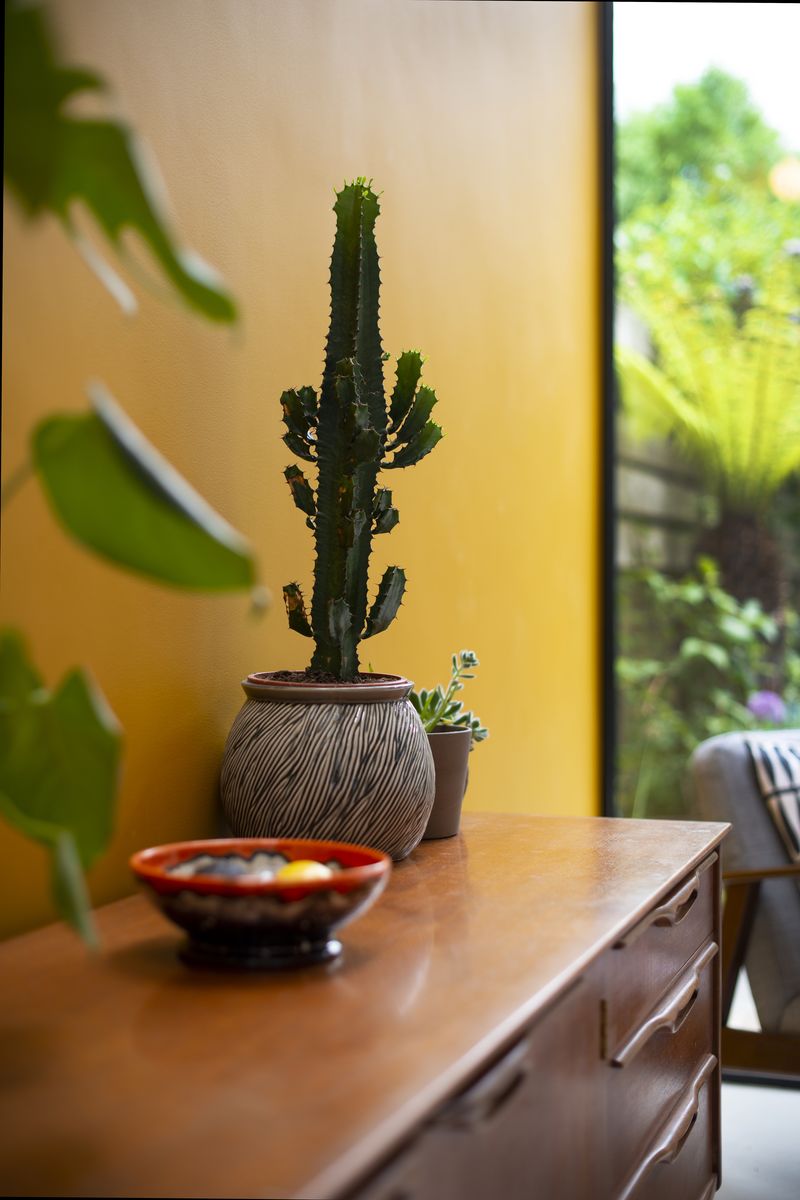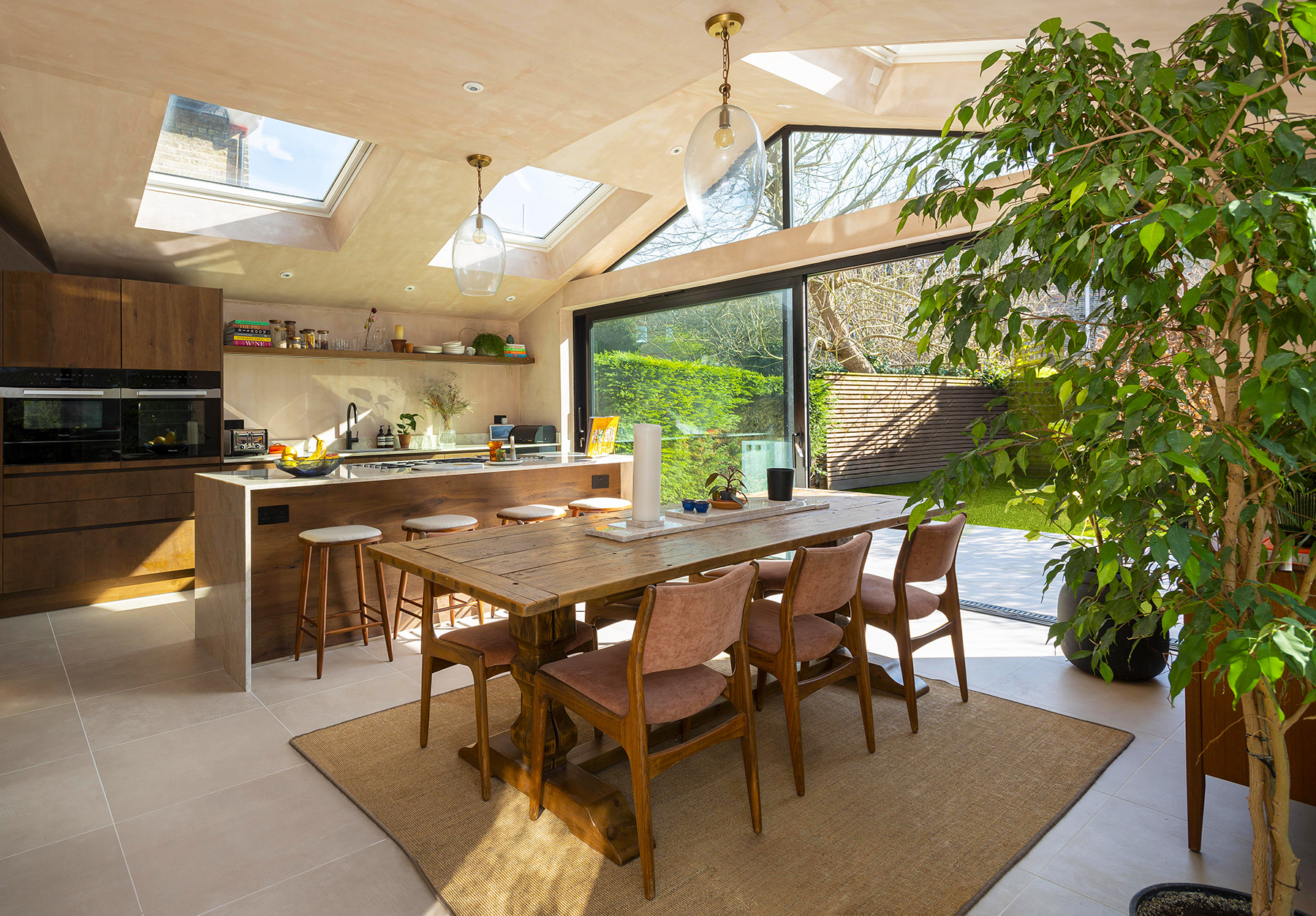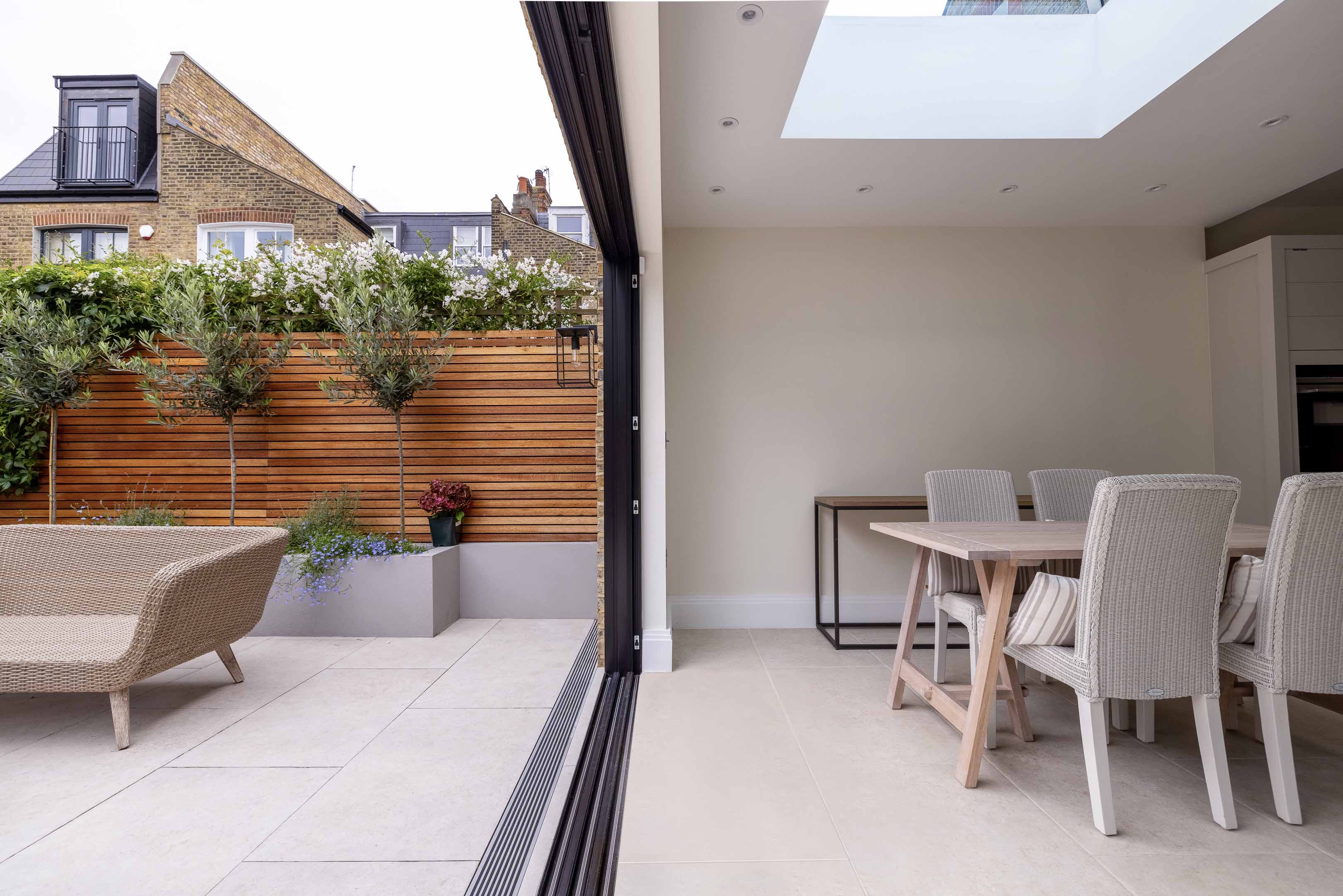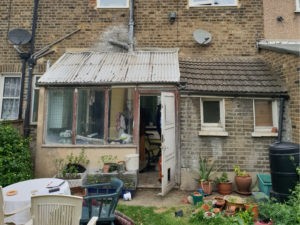The addition of colour into the home adds a sense of individuality and purpose. Transforming an empty shell of a home into your own personal retreat. Each room and space having its individual touch of colour. The typical palette is broken down into two main categories, colours and neutrals.
Colours
Colours can be a feast to the eyes, they are most generally used in bedrooms, studies, dining rooms and statement rooms or areas of the house with a specific function. The most common use of a colour wall can be to attract ones view towards a feature wall. A bold statement for the eyes and mind. Colours are also associated with different mood settings.
Colours range from cool to warm, all these colours and shades evoke different emotions. The cool colours range from greens, blues and purples. In general, the cooler colours evoke stress relieving, calming and soothing moods.
Whereas the warmer colours range from pink, yellow, orange and reds. These colours evoke the feeling of excitement, enthusiasm, creativity and love. However, red being an intense colour can also cause the feeling of power and anger.
However, there are some cons to having bold or coloured walls. The warm colours have a chance to overpower the space and sometimes engulf the space making one feel uncomfortable. It can also be hard to match new furniture to the rooms. Besides that, if a darker tone of either warm or cool is used in a small room it could make the room look and feel a lot smaller than it actually is.

Neutrals
Neutrals consist of pure neutrals, near neutrals and warm and cool neutrals. Pure neutrals are colours like black, white, grey and brown which are fully saturated with no undertones. Near neutrals are pure neutrals mixed with a primary colour which have lower saturations such as the colour tan. Warm and cool neutrals comes from mixing different pure neutrals and primary colours. These warm neutrals produce colours such as beige and gold, while cool neutrals produce colours like grey and ivory. Neutrals might look muted and have a lack of colour.
A neutral palette offers a safe option as neutrals go well with almost any furniture and they are really easy to match. Even if the furniture changes in the future, it will still easily pair with the neutral walls.
The neutral palette also allows you to build off the neutral tones when decorating and populating the room, from incorporating the tone or accent colours into other things in the room or adding bold patterns as a contrast. They also reflect light much more easily as it brightens the space compared to using colours.

Pros
– Safe option (no matter which neutral colour it will work)
– Décor/furniture flexibility (works with almost any furniture)
– Brighter/lighter (reflects light)
Cons
– Possibility to look cold
– Monotone
– Dirt can be seen more easily

































